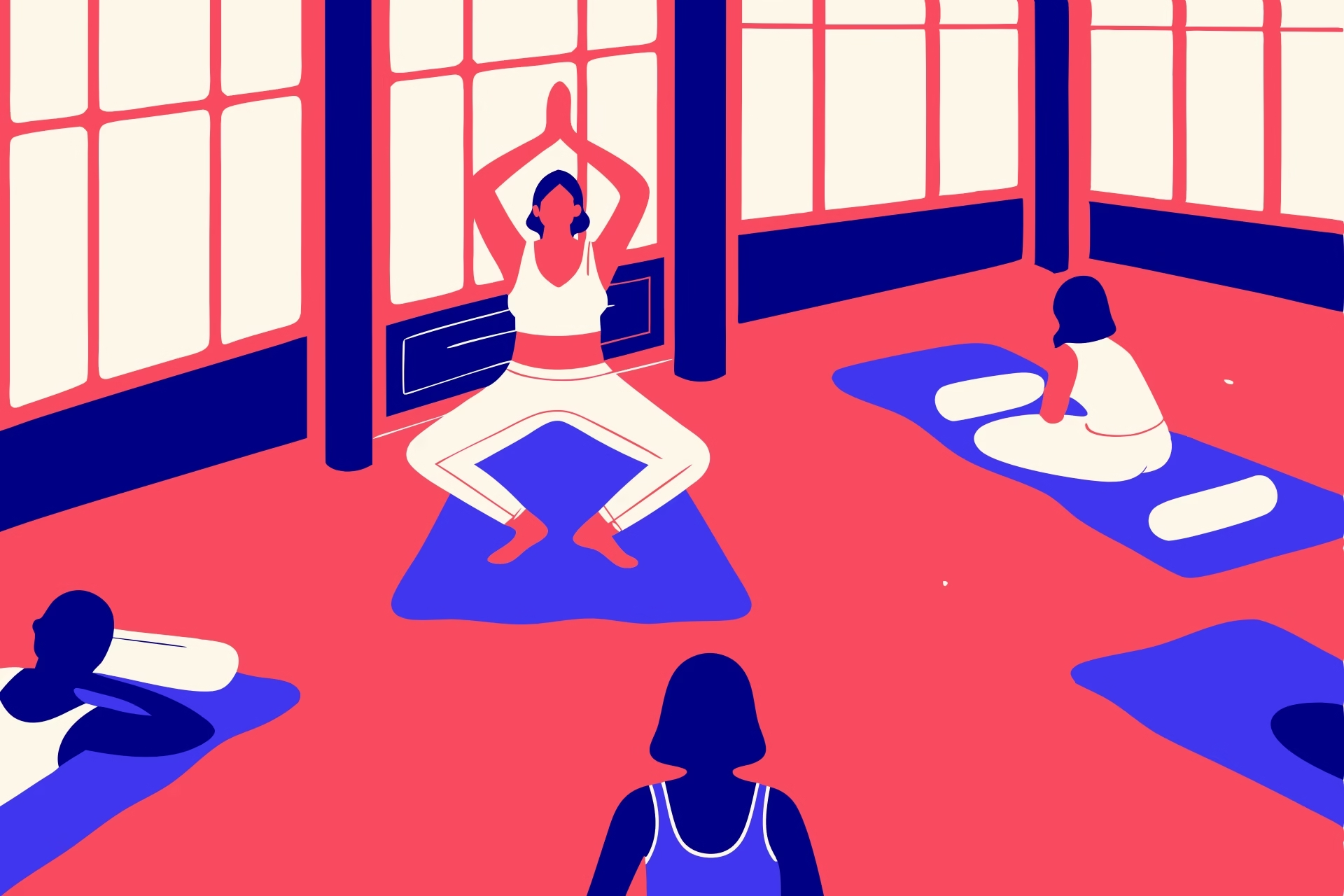Yoga is a journey of self-discovery, flexibility, and balance, and for beginners, the first steps can feel both exciting and intimidating.
As a yoga instructor, your role is to create a space where they feel safe and supported to explore their capabilities. While many beginner yoga classes focus on poses like Child’s Pose and Downward Dog, introducing lesser-known yet approachable poses can add a touch of novelty and excitement.
Keep in mind also, that while beginner-friendly poses provide a strong foundation, other styles like yin yoga poses and restorative yoga poses offer a slower, more meditative approach to balance the practice. Incorporating these into your teaching can help students build mindfulness and flexibility as they progress in their yoga journey.
Build your class flows pose by pose.
The Yoga Deck is your go-to pose bank—designed to help you plan sequences faster, with clarity and confidence.
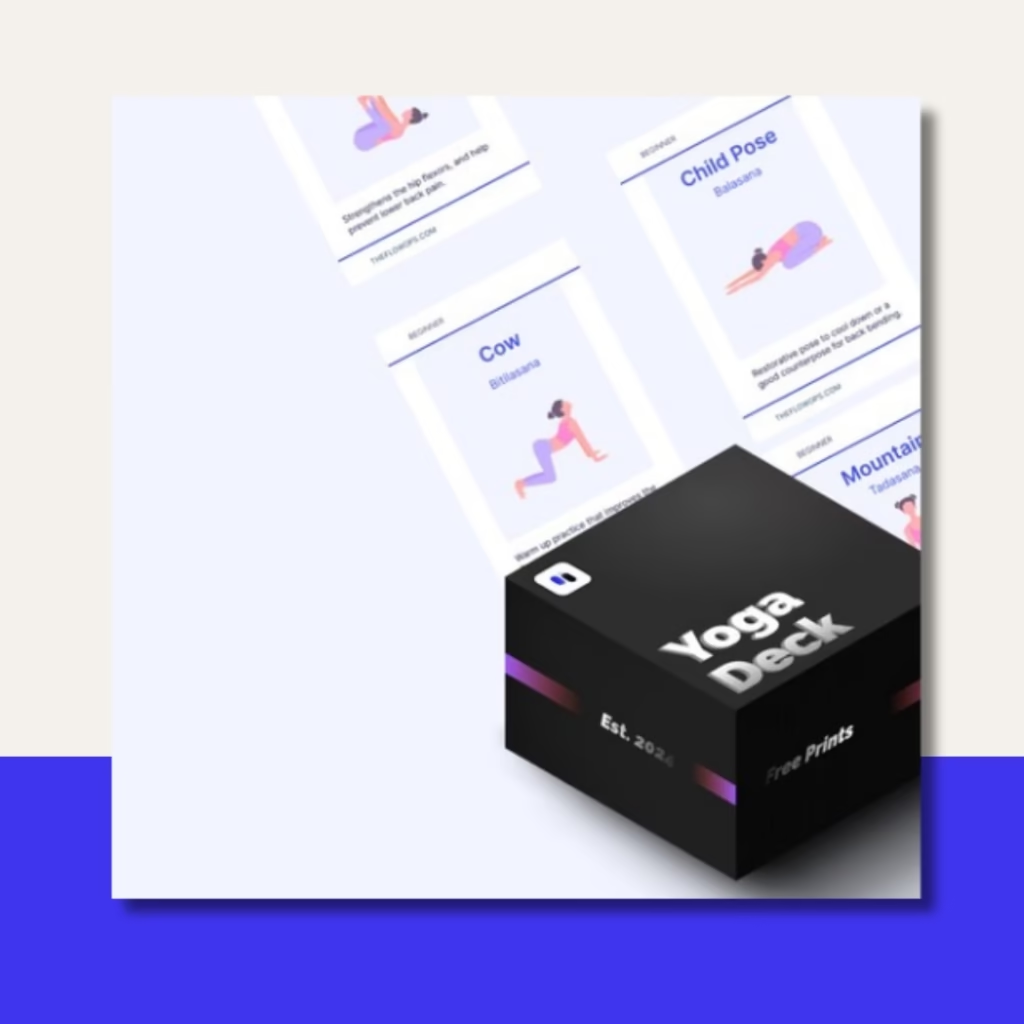
That said, here’s a curated list of 10 beginner yoga poses that are simple to learn but often overlooked. These poses help ease your students into their yoga practice while building a solid foundation for growth.
1. Reclined Butterfly Pose (Supta Baddha Konasana)
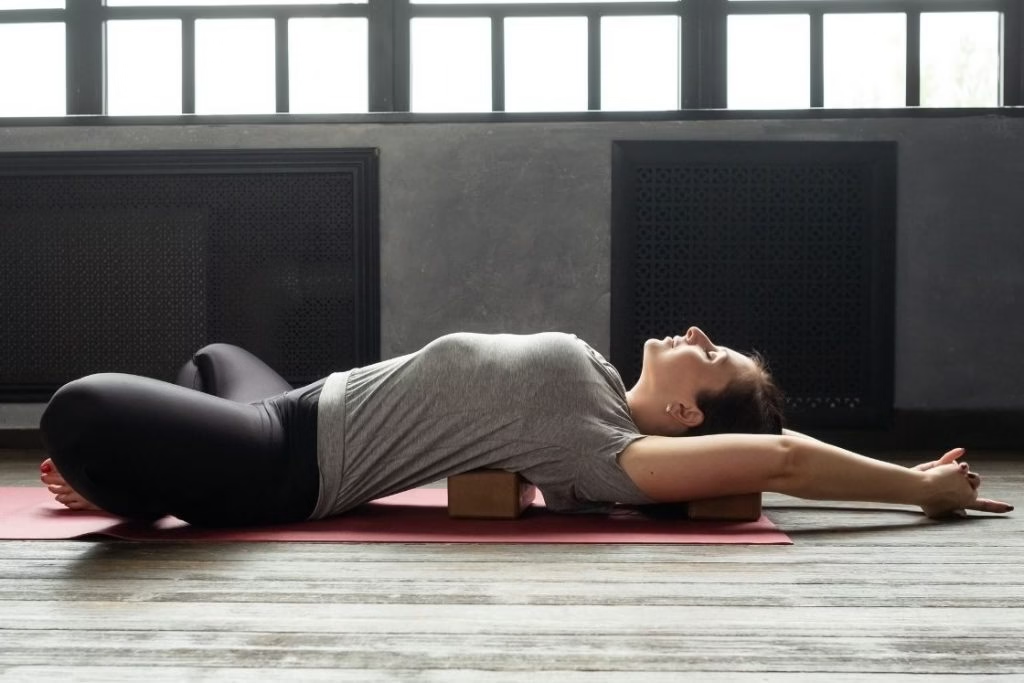
Imagine sinking into deep relaxation as your body gently opens up—this is the beauty of Reclined Butterfly Pose. Beginners can lie flat on their backs, bring the soles of their feet together, and allow their knees to naturally fall apart. For extra comfort, suggest placing a bolster along their spine or cushions under their knees.
This pose is a game-changer for those with tight hips or lower back discomfort. It’s an excellent way to wind down a class, as it calms the nervous system and encourages students to focus on their breath.
2. Wide-Legged Forward Fold (Prasarita Padottanasana)
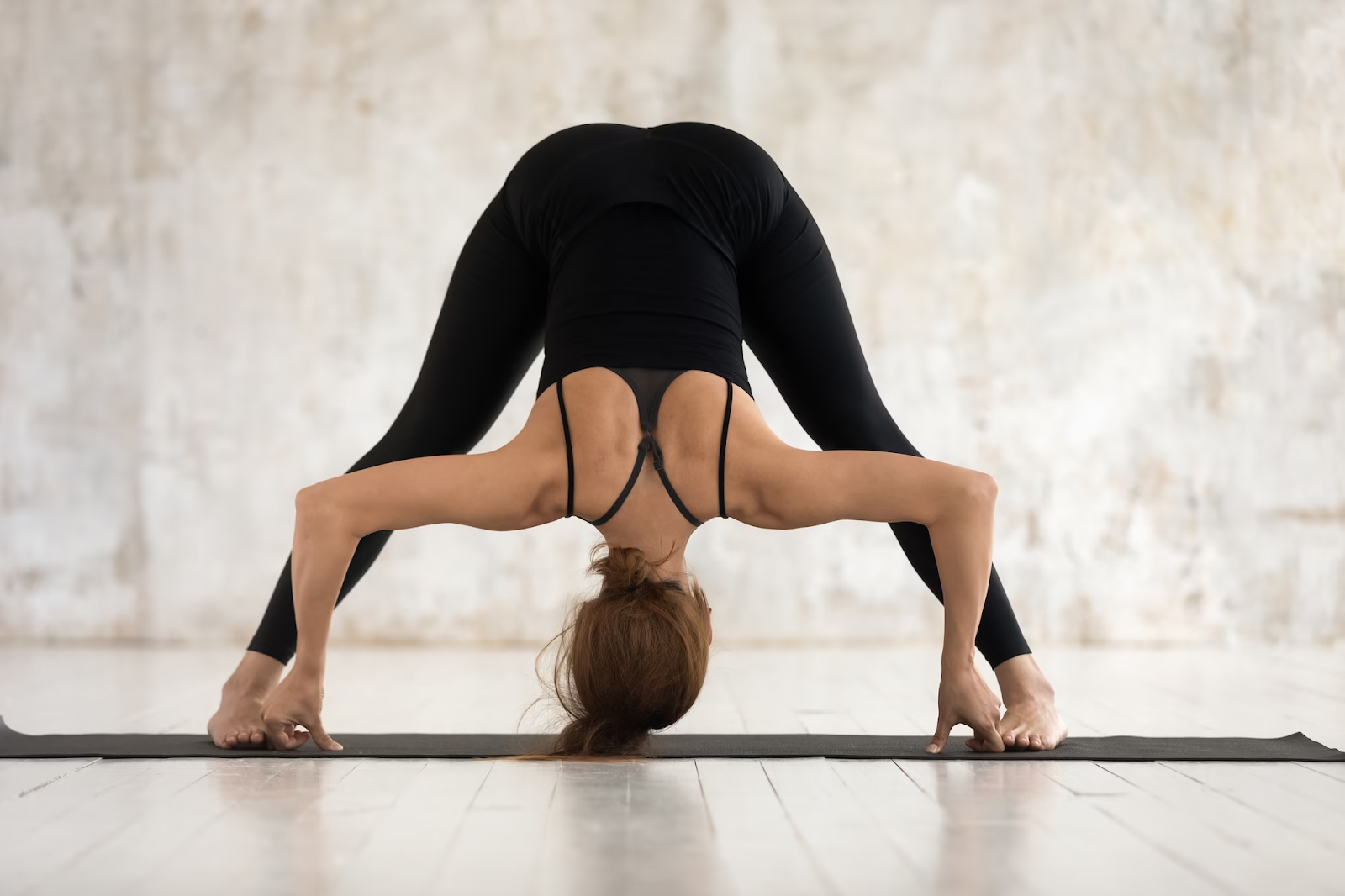
Many beginners struggle with hamstring tightness, and traditional forward folds can feel daunting. Enter the Wide-Legged Forward Fold. By spreading the feet wide apart and hinging at the hips, this pose offers a deep stretch without compressing the lower back.
Encourage students to keep their hands on blocks or rest their forearms on a chair if they can’t reach the floor. This modification maintains the integrity of the pose while making it accessible.
3. Cat-Cow Stretch (Marjaryasana-Bitilasana)
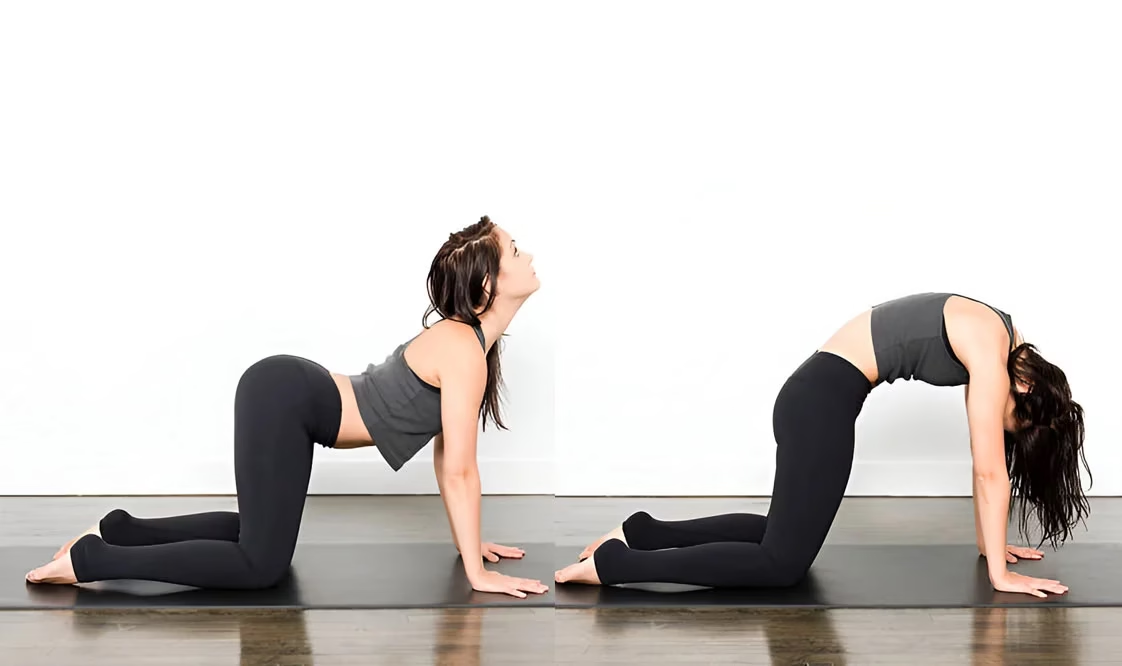
Simple, rhythmic, and incredibly effective, the Cat-Cow Stretch is a must for beginners. This dynamic movement involves alternating between arching and rounding the back while on hands and knees.
What makes it special?
It’s a fantastic way to warm up the spine and introduce the concept of coordinating breath with movement. Guide your students to inhale as they arch into Cow Pose and exhale as they round into Cat Pose, emphasizing mindfulness in every breath.
4. Puppy Pose (Uttana Shishosana)

Puppy Pose is a delightful mix of Child’s Pose and Downward Dog, offering a gentle stretch for the shoulders, spine, and chest. It’s perfect for beginners who might find Downward Dog too intense.
With their hips stacked over their knees, students can extend their arms forward and lower their chest toward the mat. Encourage them to rest their forehead on the floor or a block for added comfort. This pose is excellent for relieving tension in the upper body and promoting a sense of calm.
5. Seated Twist (Bharadvajasana)
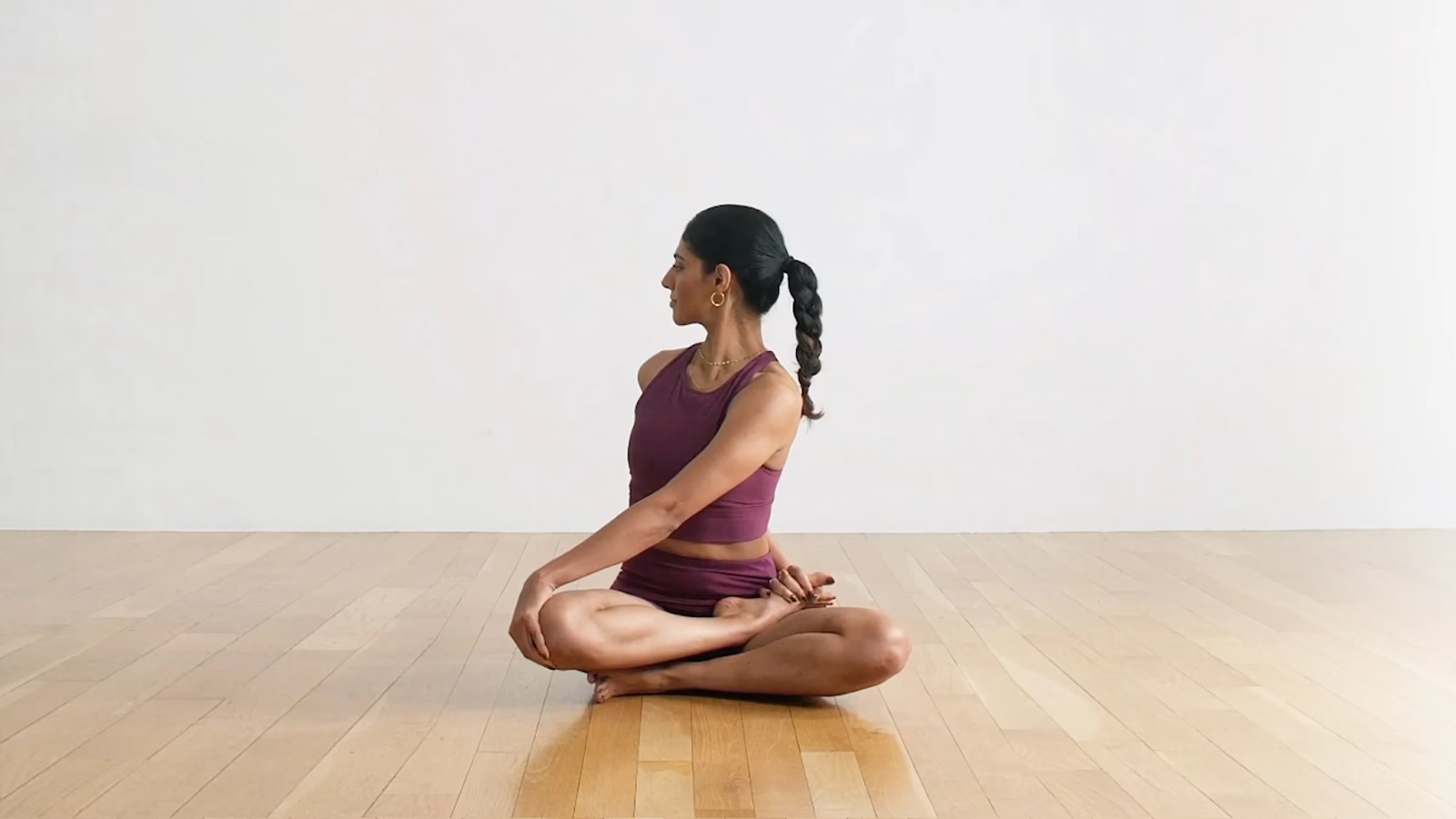
Twisting poses are often underestimated for beginners, but they can be incredibly beneficial. The Seated Twist is an accessible way to introduce spinal flexibility and detoxification.
Have students sit comfortably with both legs extended, then guide them to bend one knee and cross it over the other leg. A gentle twist, supported by placing one hand behind them and the other on their knee, allows them to explore their range of motion without strain.
6. Supported Bridge Pose (Setu Bandhasana)
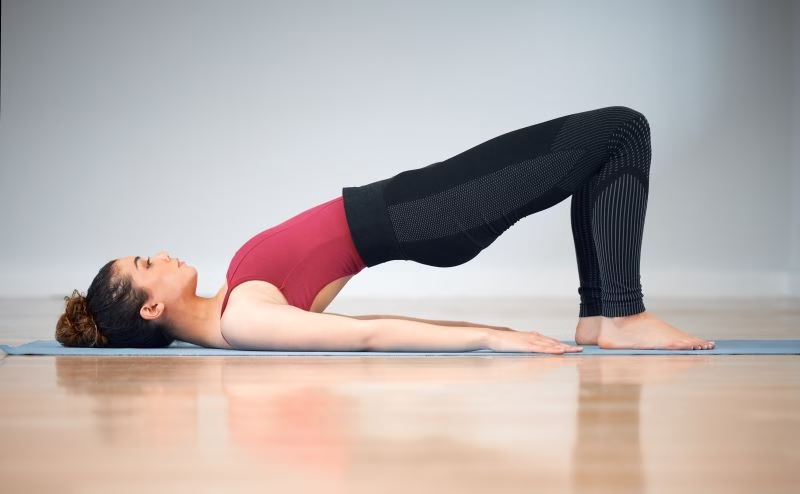
Bridge Pose can feel intimidating for some beginners, but adding support makes it a welcoming and restorative experience. Using a block under the sacrum allows students to relax while reaping the benefits of this heart-opening pose.
Supported Bridge Pose strengthens the glutes, opens the chest, and gently stretches the front of the body. It’s especially beneficial for students who spend long hours sitting, as it helps counteract postural imbalances.
7. Standing Side Stretch (Parsva Urdhva Hastasana)
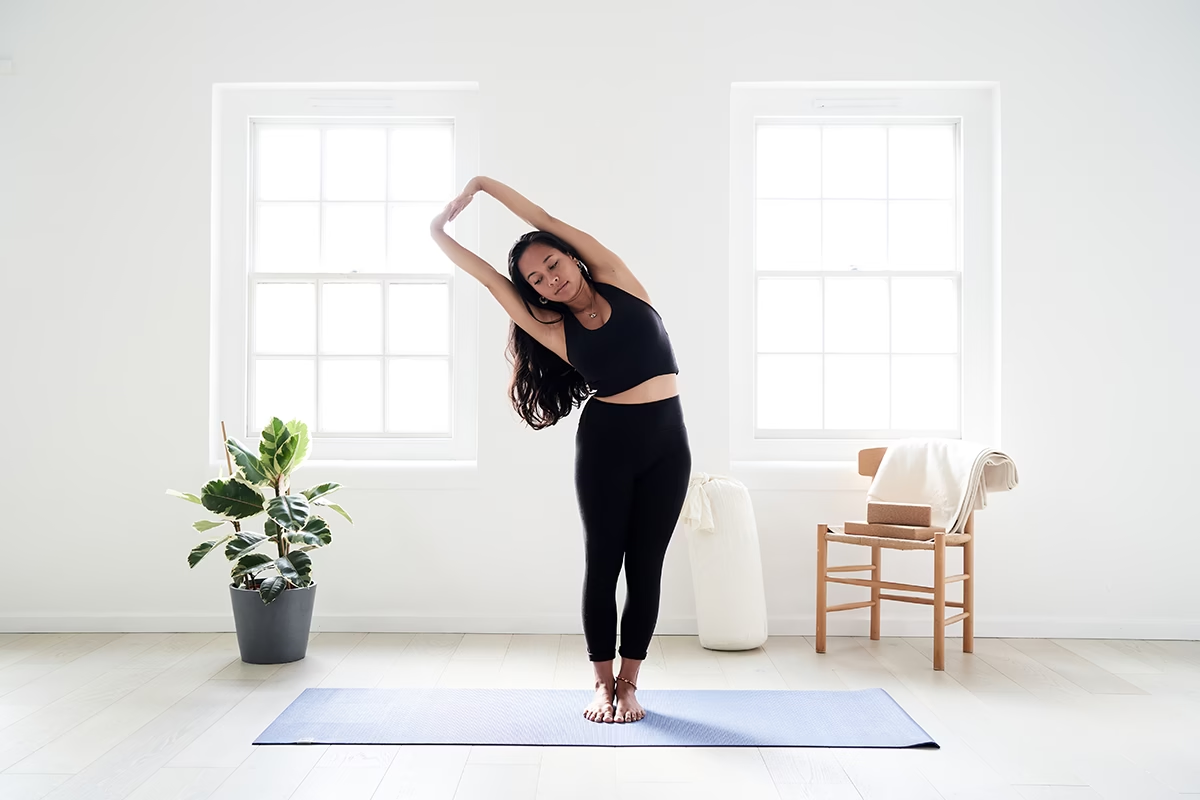
Though often overlooked, this simple pose is a fantastic introduction to lateral flexibility. By lifting the arms overhead and gently leaning to one side, students can stretch their side body and improve posture.
To make it beginner-friendly, encourage students to clasp their wrists or rest one hand on their hip for balance. This pose also introduces them to the importance of stability in standing postures.
8. Sphinx Pose (Salamba Bhujangasana)
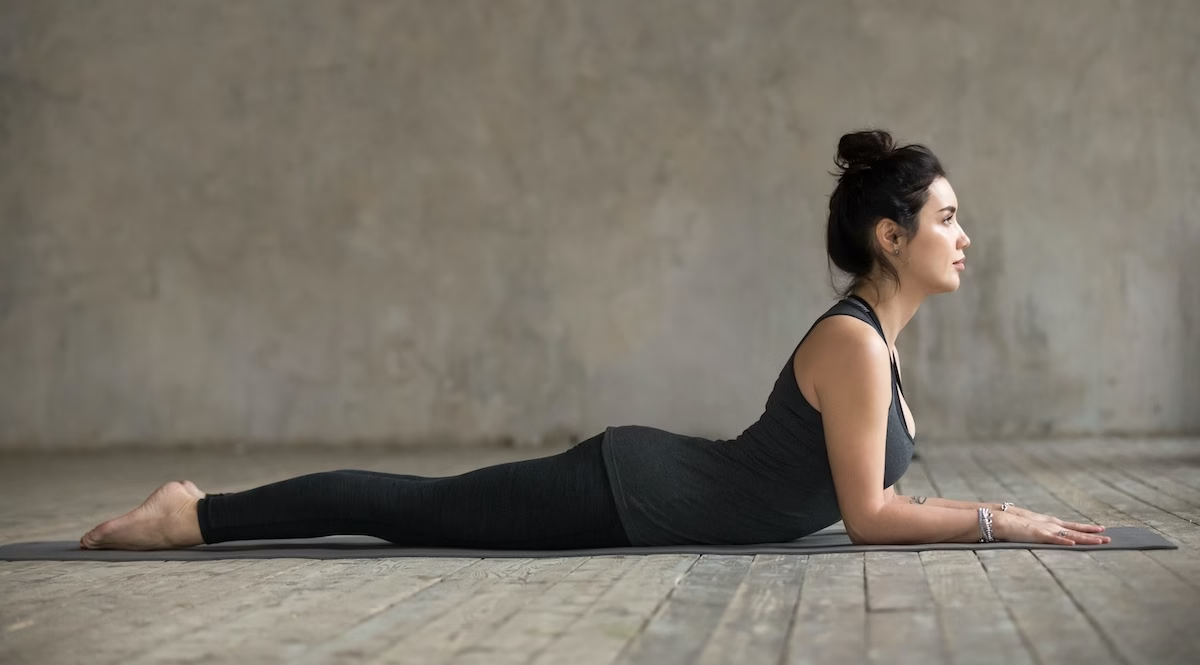
Backbends can be intimidating, but the Sphinx Pose offers a gentle entry point. By lying on their stomachs and propping themselves up on their forearms, beginners can experience a mild stretch in the lower back and chest.
This pose helps strengthen the spine without overwhelming beginners. Remind them to keep their shoulders away from their ears and focus on lifting through their chest.
9. Supine Twist (Supta Matsyendrasana)
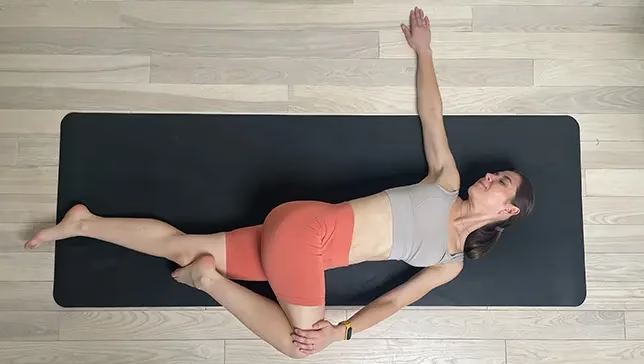
Few poses feel as instantly soothing as a Supine Twist. Lying on their backs, students can bend one knee and guide it across their body while keeping the opposite shoulder grounded.
This gentle spinal twist not only stretches the back but also promotes digestion and relaxation. Suggest using a bolster or pillow under the bent knee for added support.
10. Goddess Pose (Utkata Konasana)

Often seen as a challenging pose, Goddess Pose can be adapted to suit beginners. With a wide stance and knees slightly bent, students can hold their arms in a cactus shape, promoting strength and stability.
Encourage them to focus on grounding through their feet and engaging their core. This pose builds lower body strength and is a fantastic introduction to balance and stability work.
Make Your Classes Easy to Find—and Even Easier to Join
Helping beginners feel comfortable on the mat starts long before they step into class. The way you communicate your offerings—from the words you use to the way your class schedule is presented—can be the deciding factor for someone who’s never tried yoga before.
With TheFlowOps, you can create a clean, inviting website that speaks to both beginners and long-time practitioners. Highlight class types, share what to expect, and make signing up as simple as a few clicks. Whether you’re teaching gentle flows or advanced transitions, your digital presence should reflect the same clarity and intention you bring to your teaching.
Because when your message is clear, your community grows with ease.
Ready to Create Your Yoga Website?
Choose from templates made for yoga teachers and launch with tools for scheduling, bookings, and more. Start with a premium trial — and continue on the free plan for as long as you need.
No credit card needed. Cancel anytime.

Make the Journey Memorable
Teaching beginners is a rewarding experience.
By incorporating these lesser-known beginner yoga poses into your classes, you can create an engaging and supportive environment that inspires confidence.
Encourage your students to embrace the process, find joy in the basics, and remind them that yoga is about progress, not perfection — then watch as they blossom into confident practitioners.
And as your students grow in their practice, you can inspire them further with more dynamic options like advanced yoga poses, which challenge their strength and focus, or incorporate fun and engaging couple yoga poses to add variety and connection to your classes. These options help keep your offerings fresh and adaptable for students at every stage of their yoga path.
Ready to elevate your teaching game?
Check out our Yoga Deck, a handy tool filled with poses to help you effortlessly create class sequences and inspire your teaching journey.
Ultimately, guiding beginners through their first yoga practice is a rewarding experience — but reaching new students starts with a strong online presence.
Make it easy for them to discover your classes, book sessions, and follow your teachings with a professional yoga website designed just for you.
With TheFlowOps Web Builder, you can create a beautiful, beginner-friendly website that highlights your offerings, schedules, and teaching philosophy—all with no tech stress.
Start building your yoga website today and welcome more beginners to the mat!

